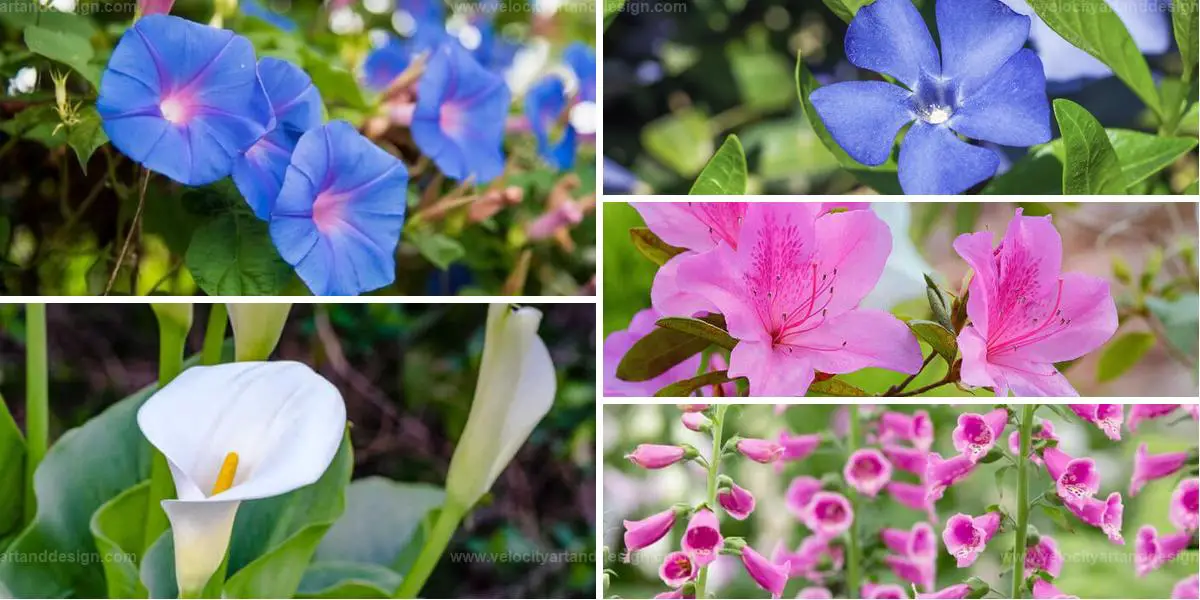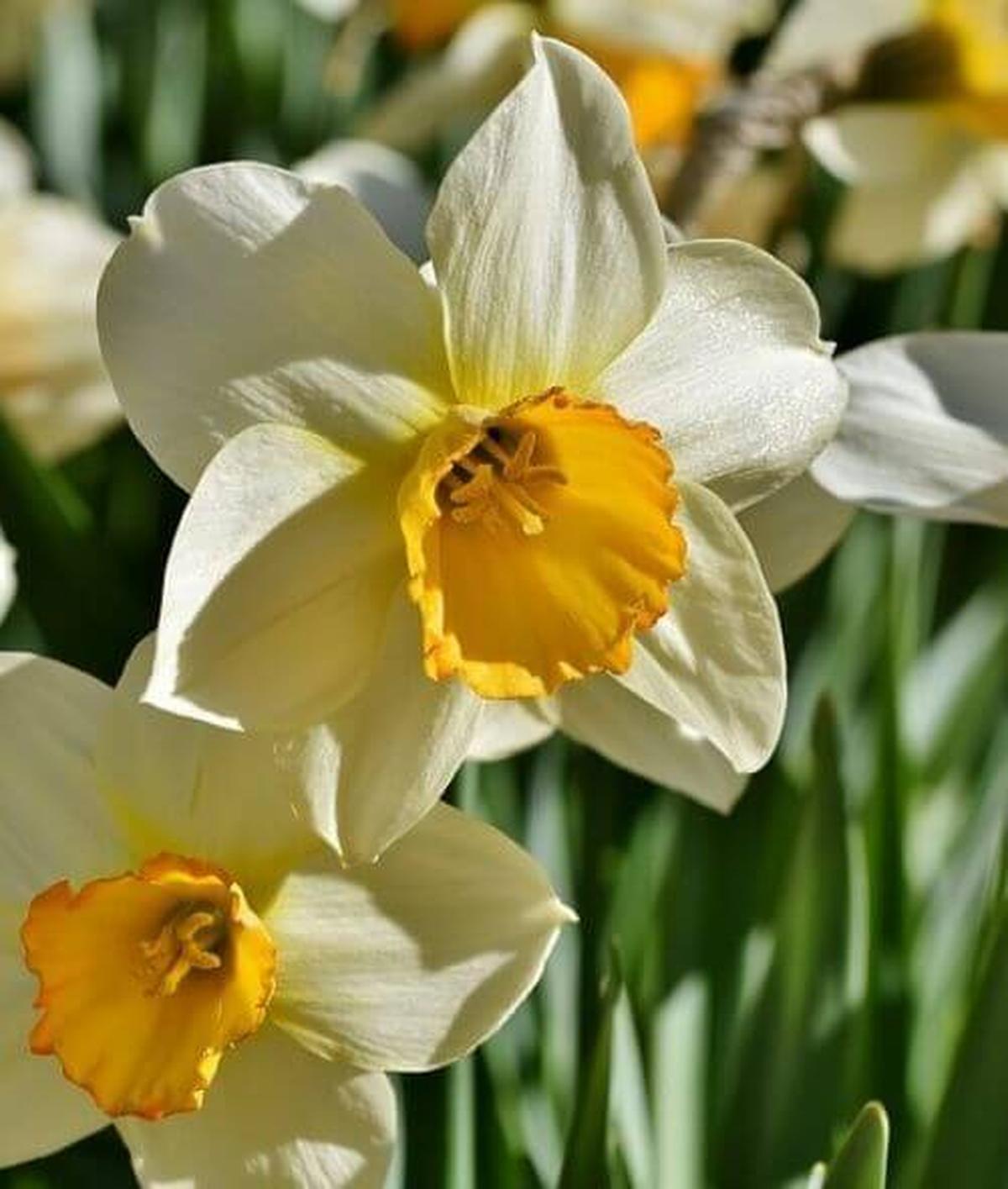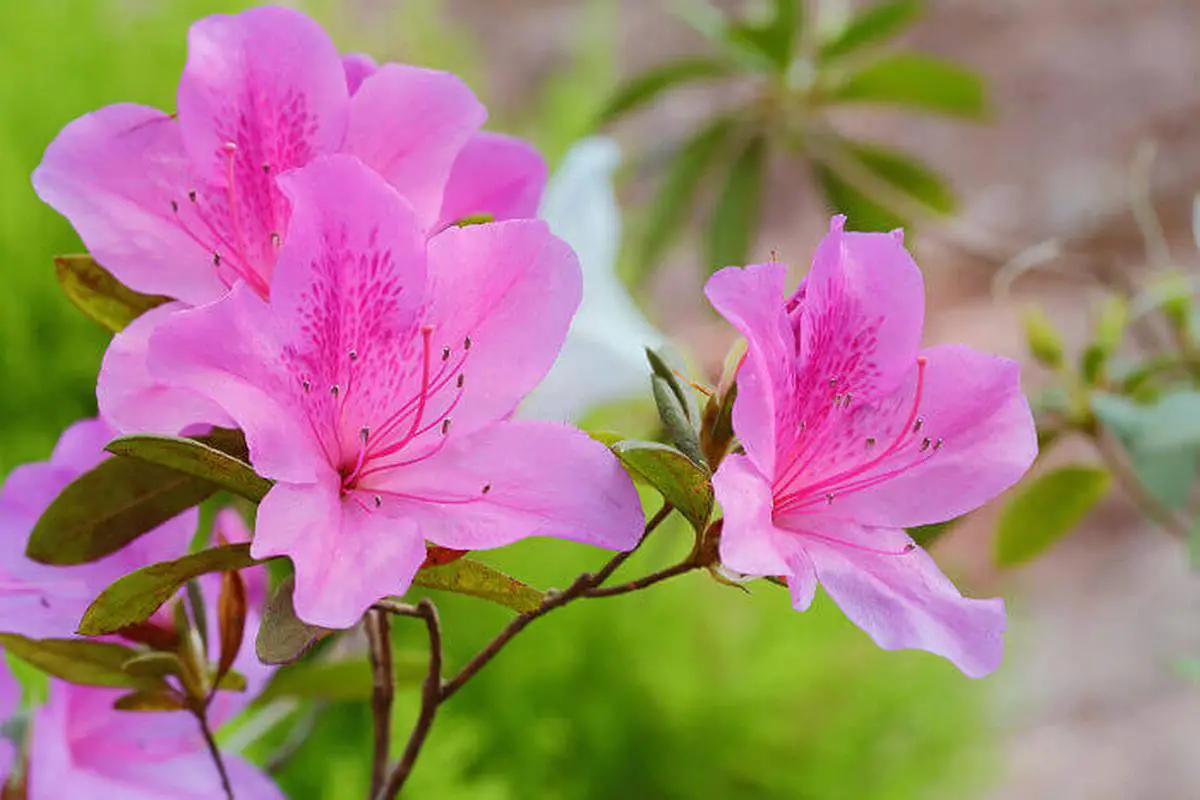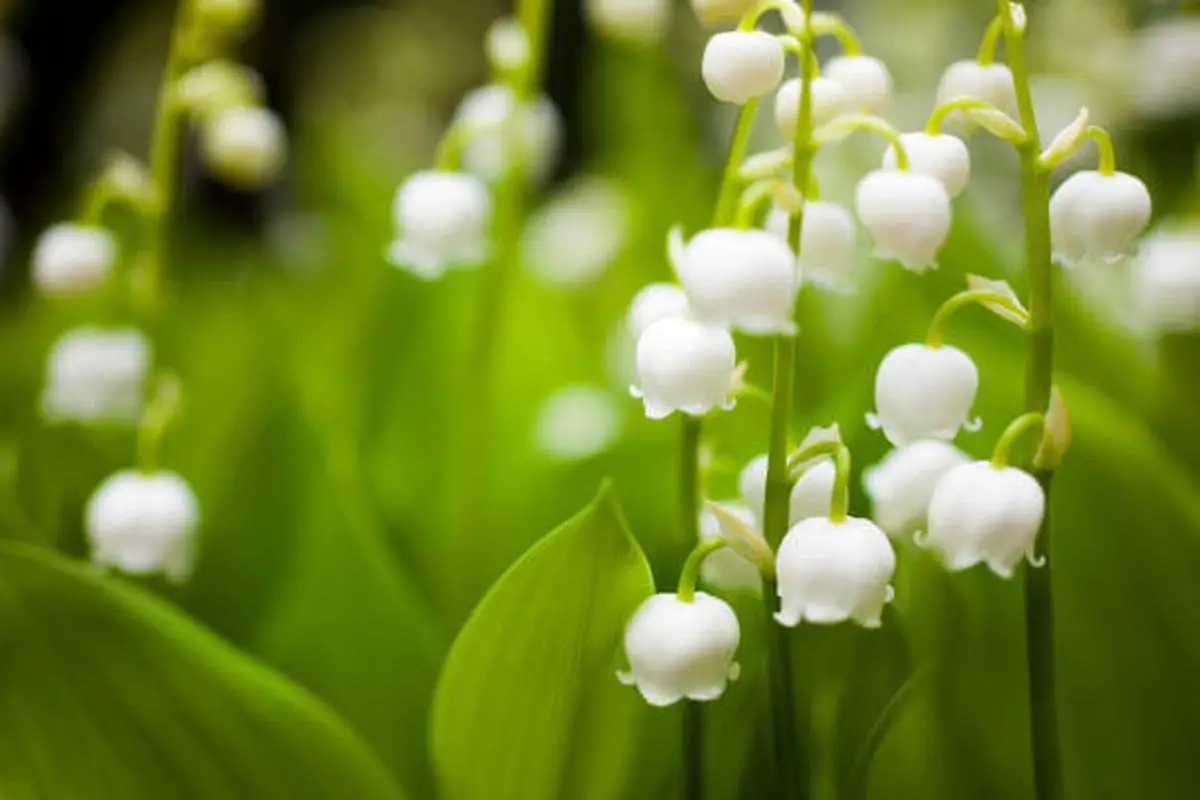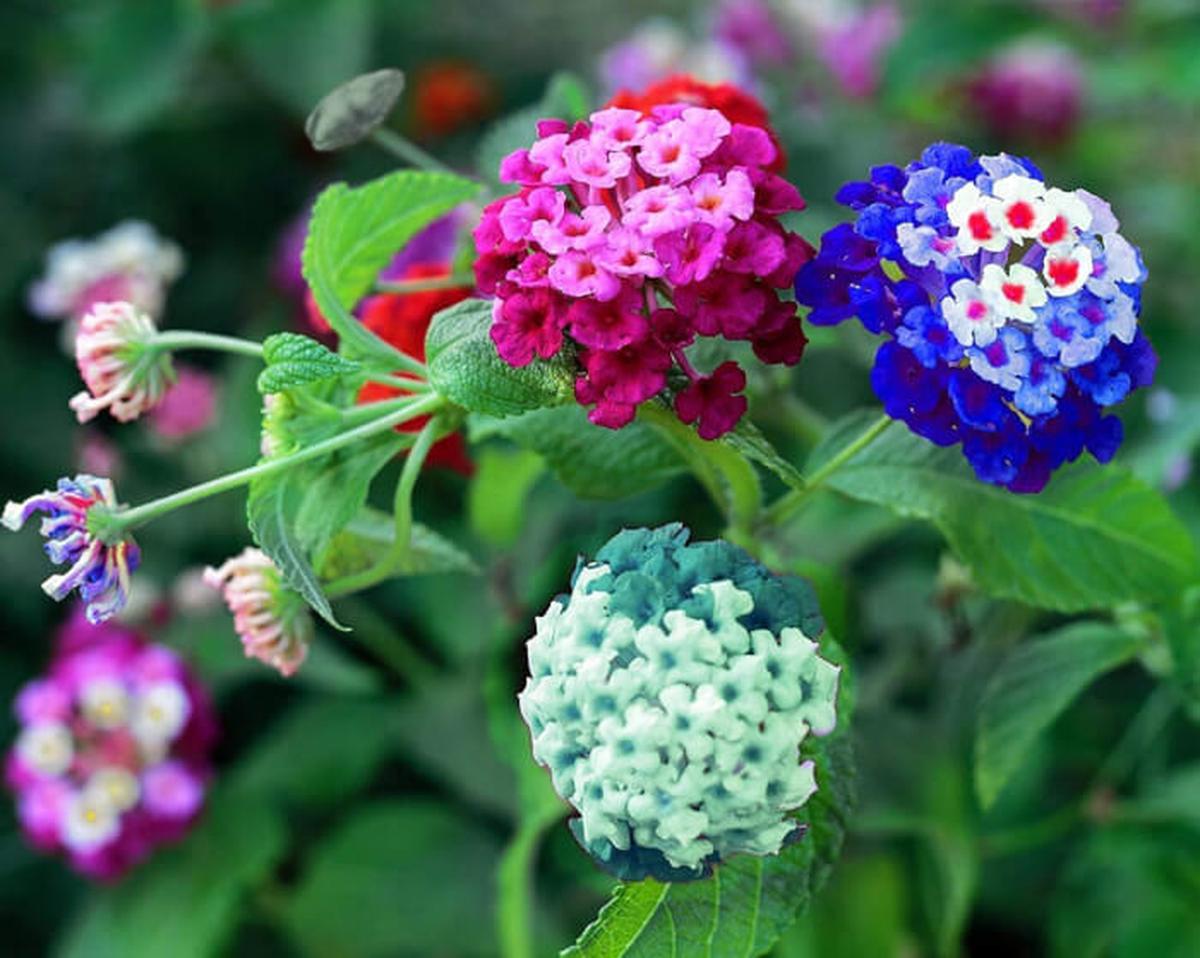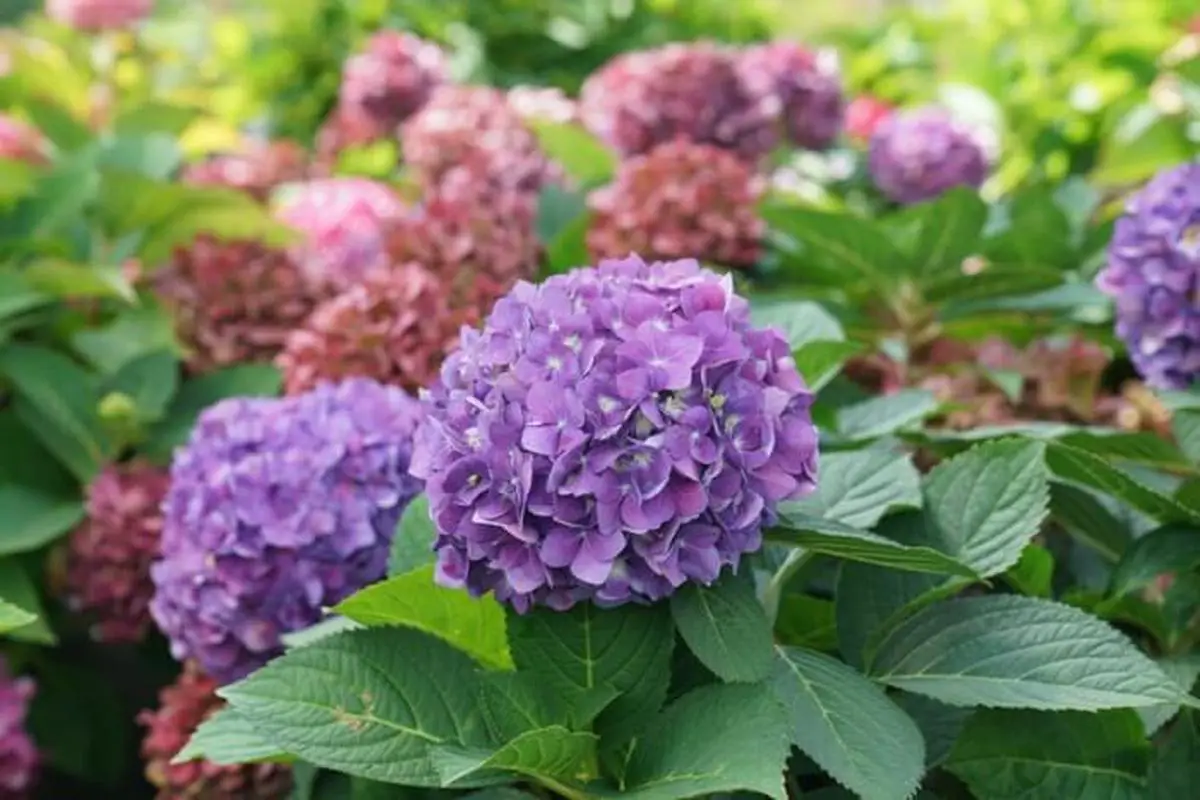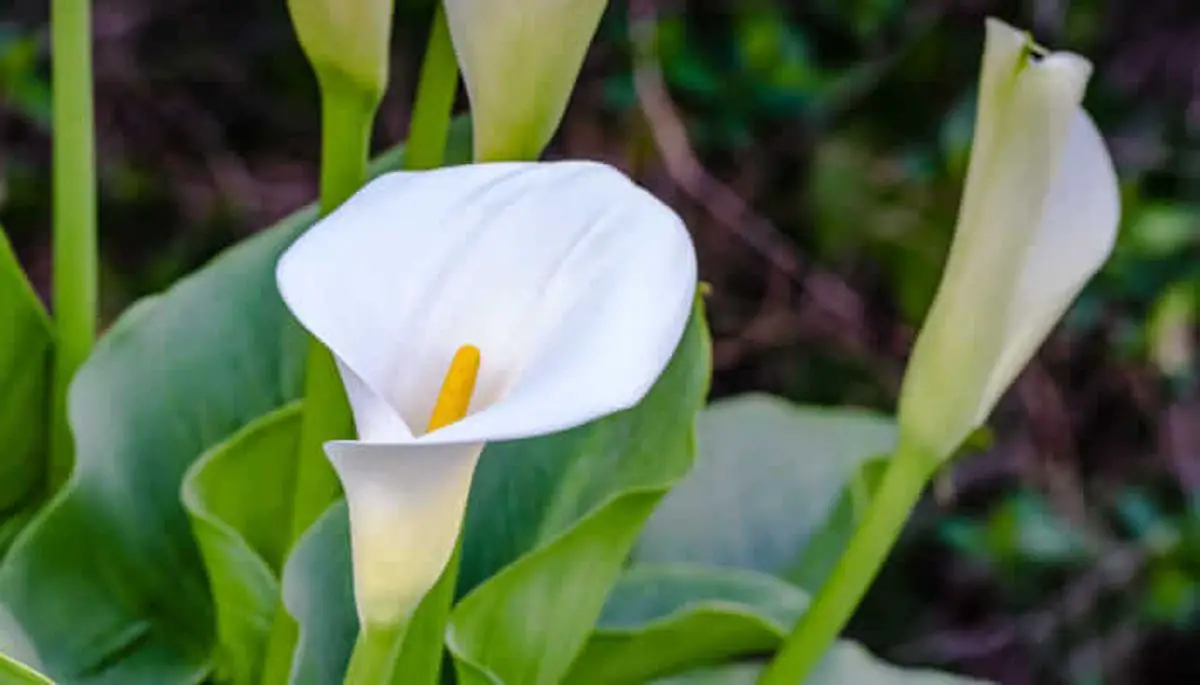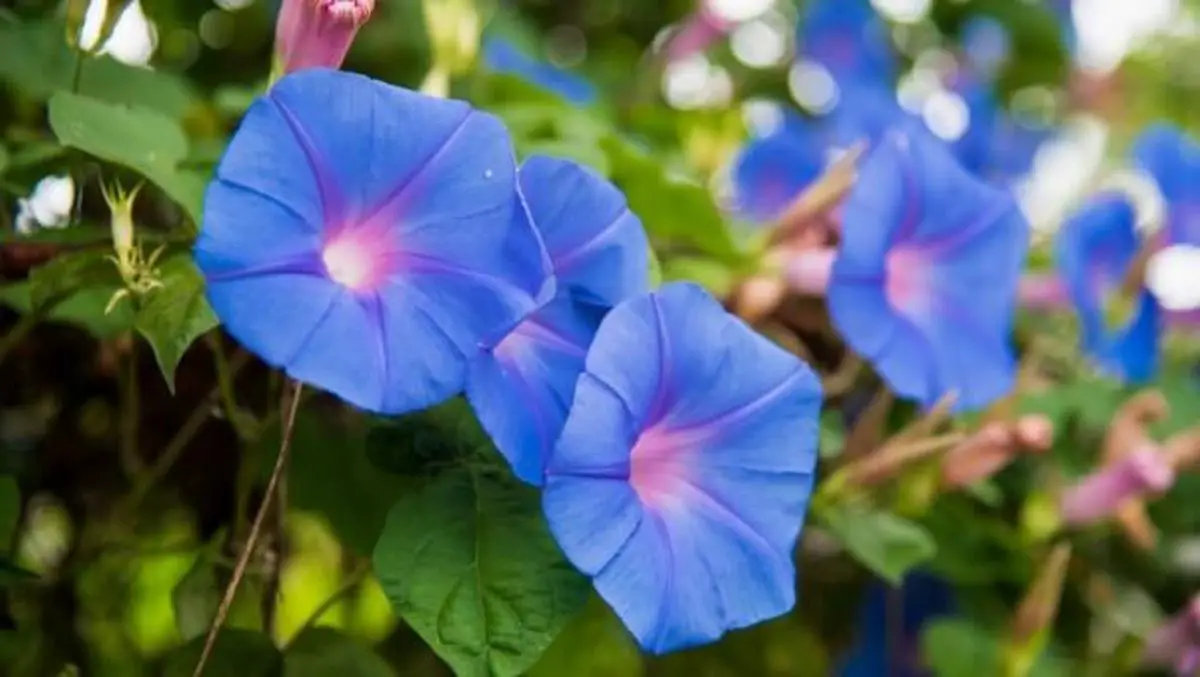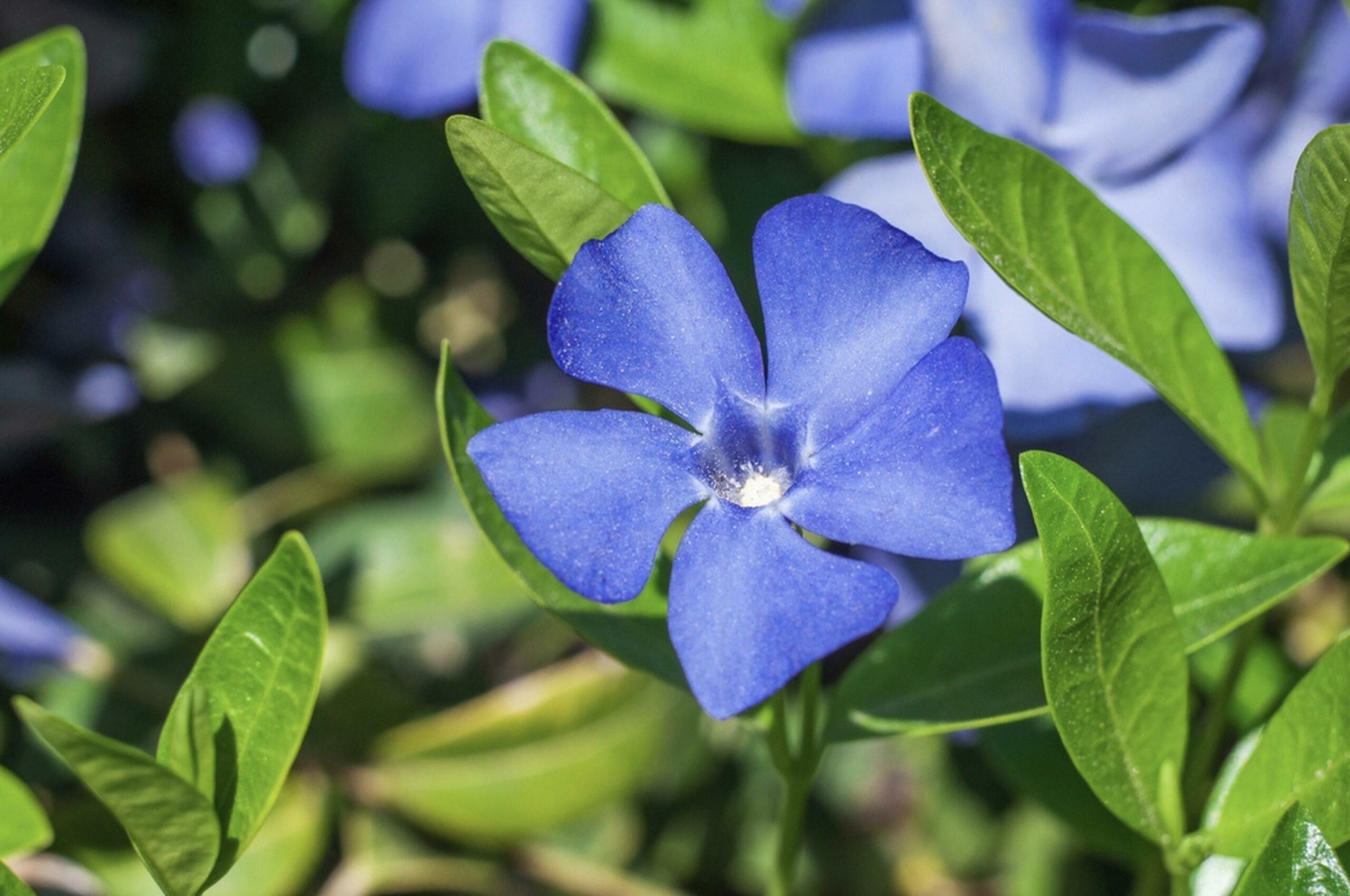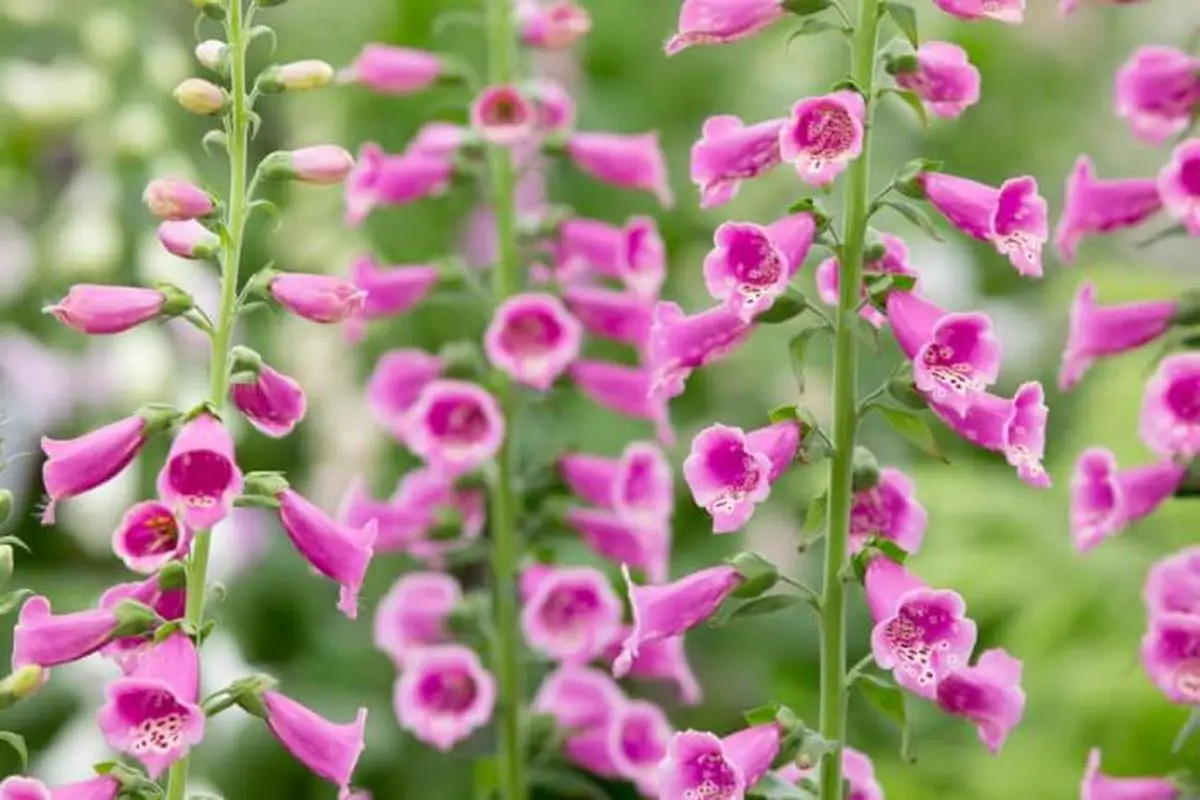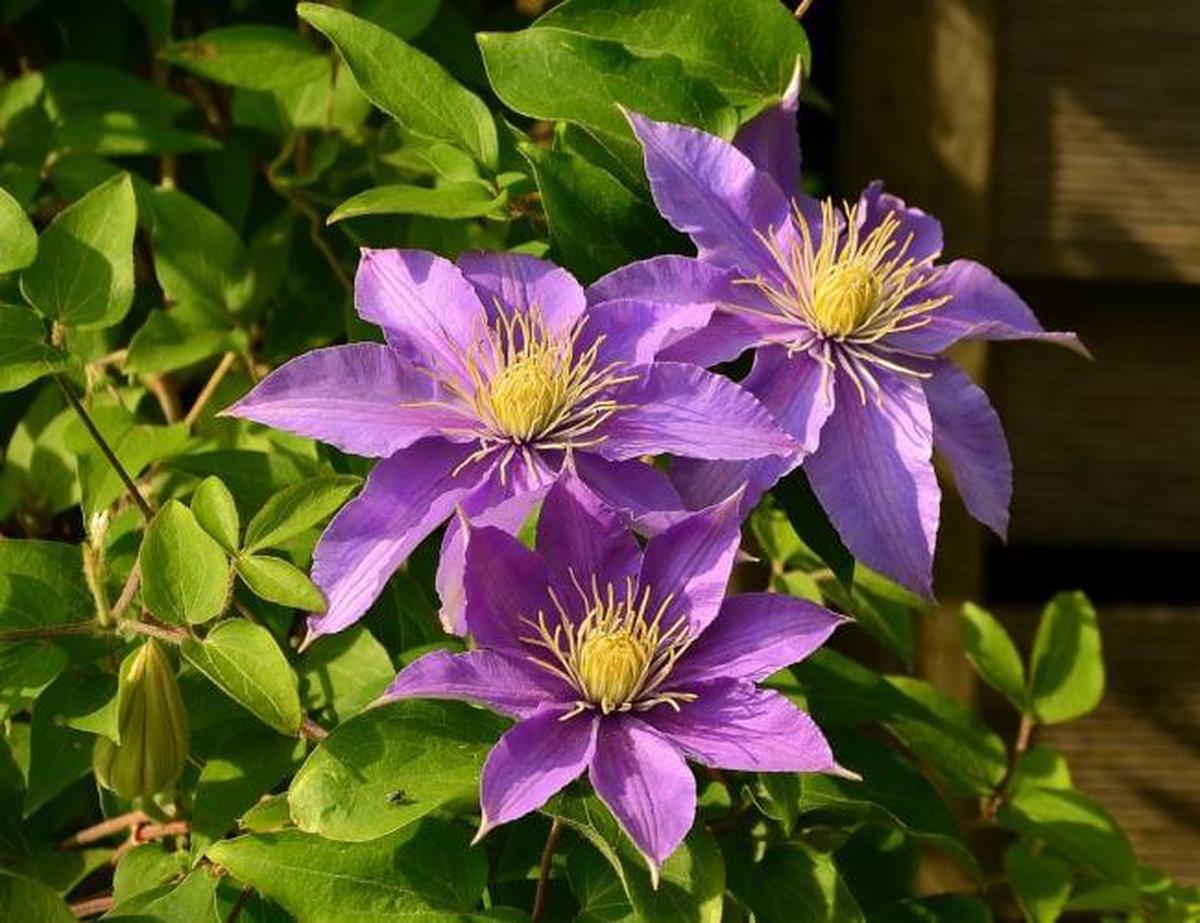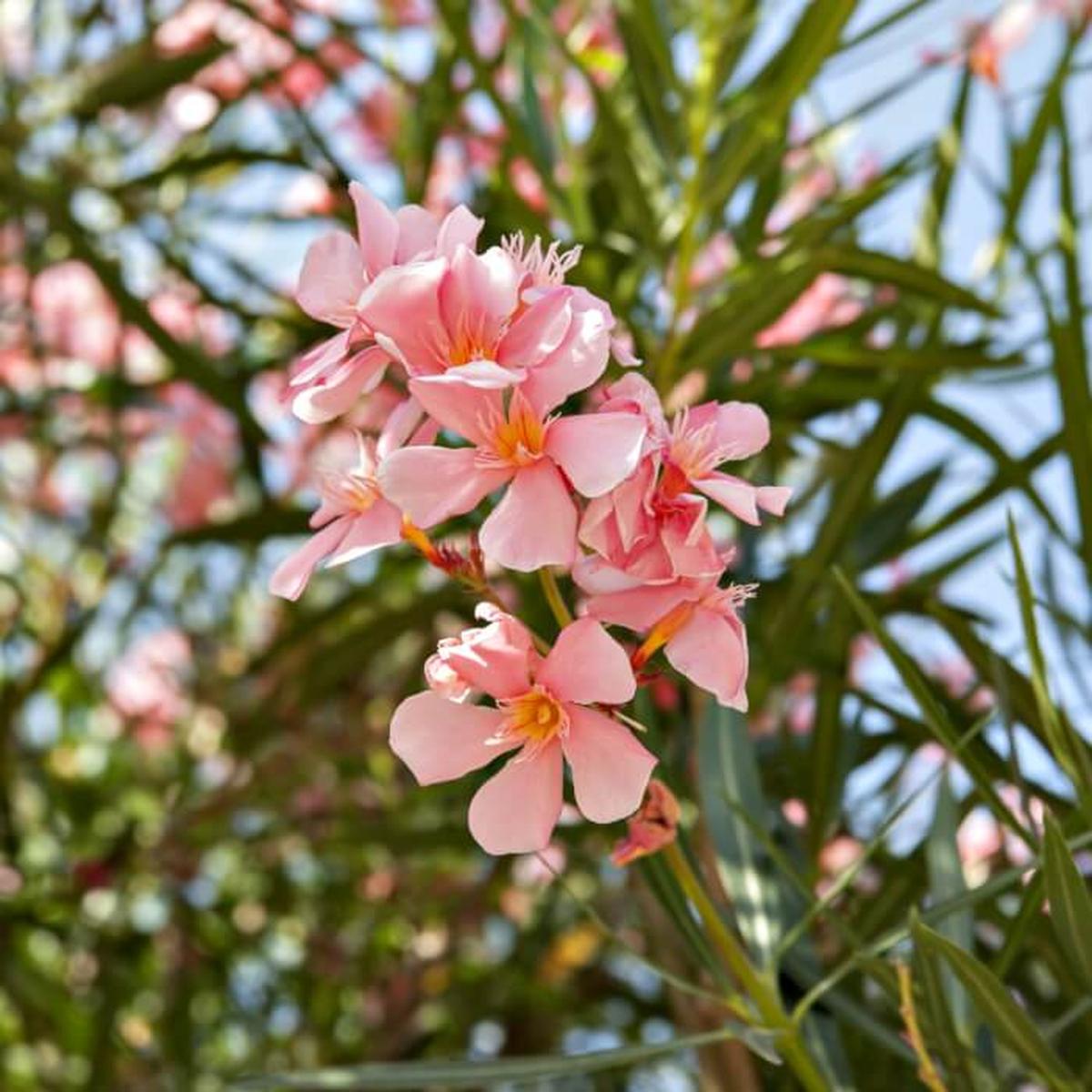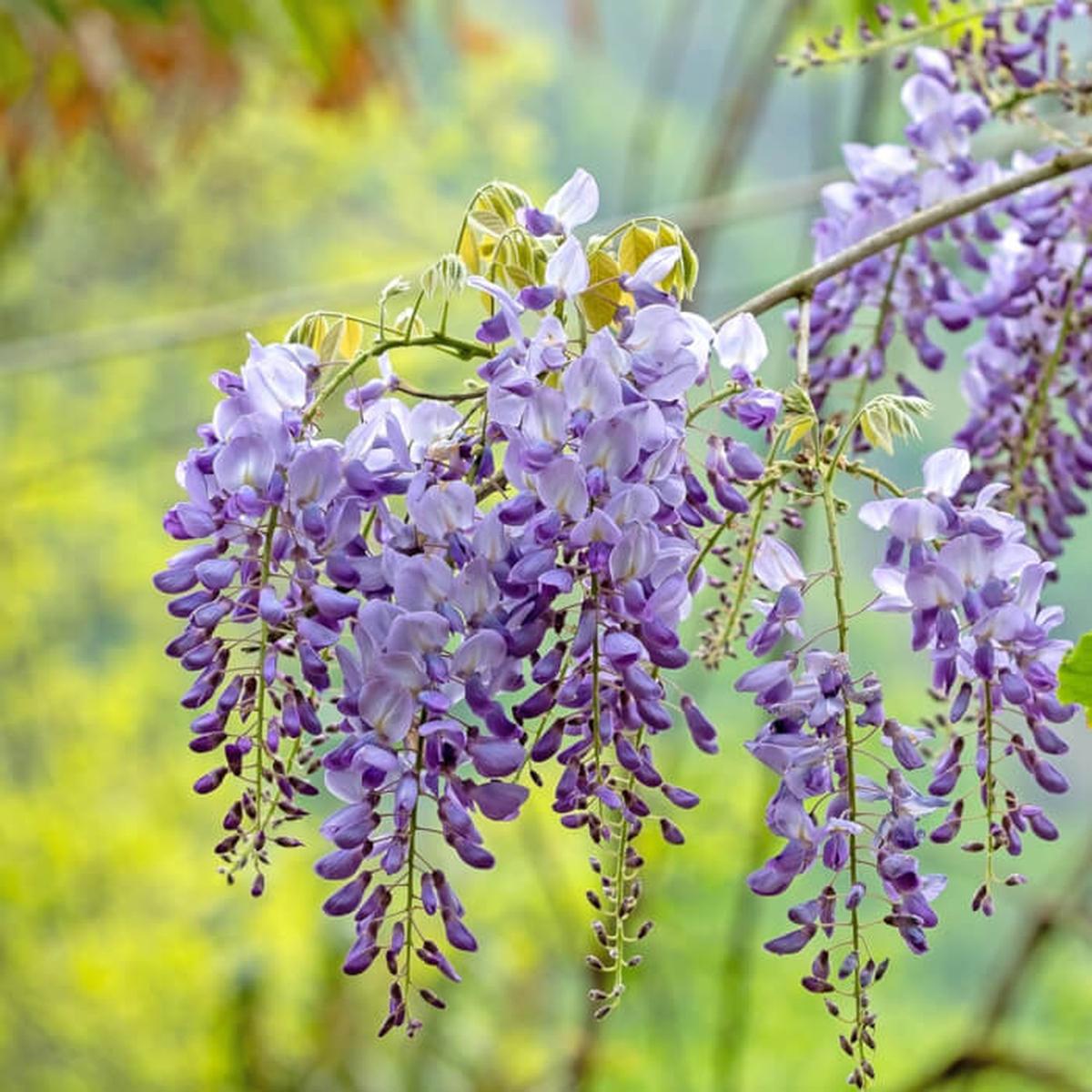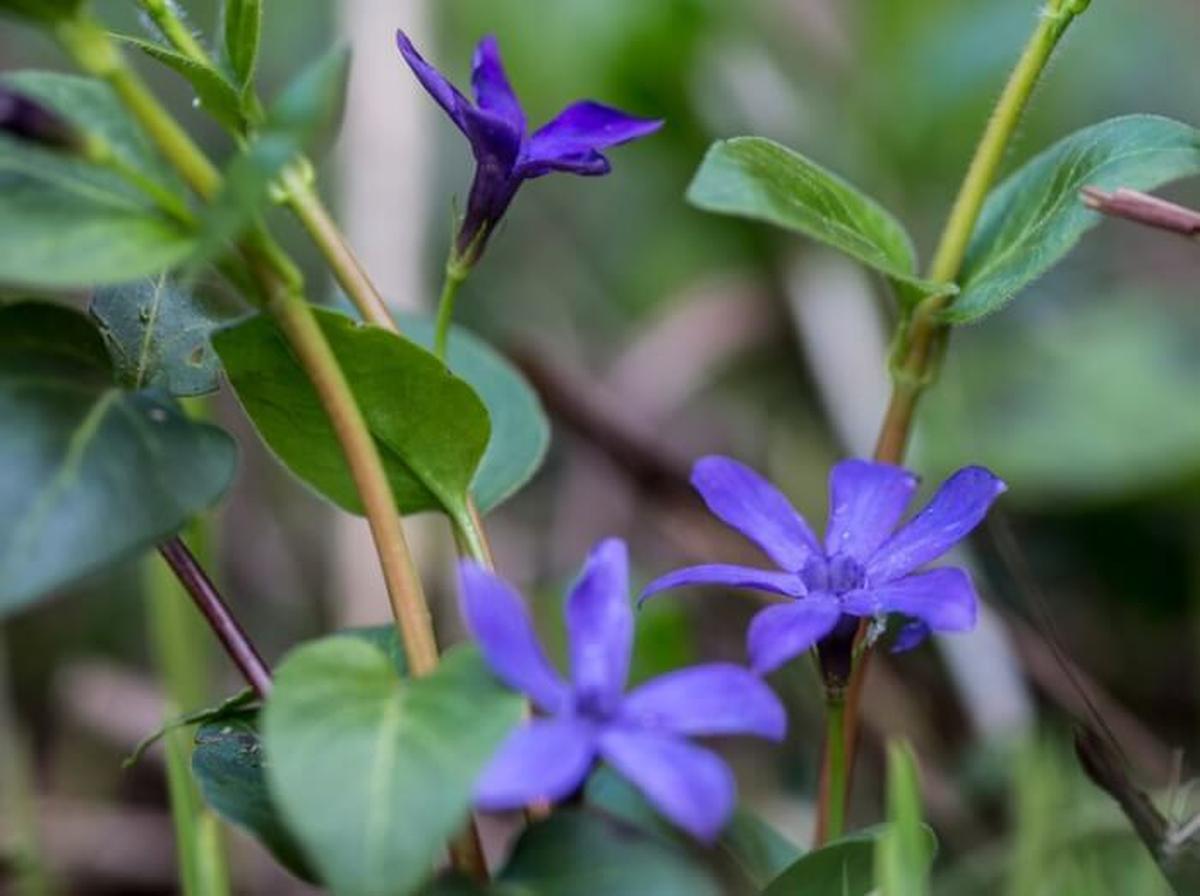13 Stunning Yet Toxic Flowers for Cautious Plant Lovers
Some beautiful flowers hide a surprising secret: they contain toxins that can be harmful to pets and people if ingested.
Despite their striking colors and elegant shapes, these blooms require a bit of caution when choosing them for your garden or home.
Each flower offers a unique beauty, yet awareness is key to enjoying them safely.
Daffodil (Narcissus)
Narcissus flowers capture attention with their bright blooms, yet caution is essential.
The bulbs contain toxins that can lead to serious health issues if consumed in large amounts.
Symptoms may include vomiting and tremors, which are not pleasant experiences at all.
Enjoy the beauty of these flowers from a distance; they are best admired rather than ingested.
Azalea
Both azaleas and rhododendrons can pose serious risks to our furry friends.
Consuming any part of these plants, whether it’s the vibrant blooms or the green leaves, can lead to unpleasant symptoms like nausea and abdominal pain.
In more severe cases, pets may experience difficulty breathing after ingestion.
Keeping these beautiful but dangerous flowers out of reach is essential for ensuring a safe environment for your beloved companions.
Lily of the Valley
Lily of the valley captivates with its delicate blooms, but caution is essential.
Every part of this lovely plant holds a toxic secret, packed with substances that impact the heart.
Consuming even a small amount can lead to serious health issues like vomiting and blurred vision.
Awareness about its dangers ensures you appreciate its beauty from a safe distance.
Lantana
This flower captures attention with its strong scent and ability to draw in butterflies.
While it enchants the senses, caution is necessary due to its toxic nature.
Each part of the plant carries liver toxins that can lead to serious health issues if consumed.
Signs like fatigue, vomiting, or even severe liver damage could occur after ingestion, so keeping a safe distance might be wise when admiring this beauty in nature.
Hydrangea
Hydrangeas add beauty to gardens with their lush blooms, but caution is essential.
A small amount of cyanide lurks within these plants, posing a risk if pets nibble on the leaves or flowers.
While humans can enjoy them safely in ornamental spaces, furry friends might face discomfort like vomiting and lethargy after consuming too much.
Keeping an eye on your pets when they're near hydrangeas ensures that everyone stays happy and healthy in your garden sanctuary.
Calla Lily
Calla lilies shine in floral arrangements, their elegant shape adding a touch of beauty to any bouquet.
When cooked, the leaves offer an unusual culinary twist that might intrigue adventurous cooks.
Caution is essential; all parts of this plant contain calcium oxalate crystals, leading to discomfort if consumed raw.
Whether enjoyed as stunning decor or approached with care in the kitchen, understanding its properties makes for a thoughtful experience with this remarkable flower.
Morning Glory
Morning glory might seem like a pretty flower, but some varieties hide a darker secret.
Seeds from certain types can be harmful if consumed, packing a punch with lysergic alkaloids that lead to unpleasant symptoms like diarrhea and even liver issues when taken in large quantities.
Understanding these risks is crucial for anyone who enjoys gardening or spending time outdoors.
It’s always wise to research plants before bringing them into your space or experimenting with their seeds.
Periwinkle
This plant holds intriguing properties that have captured the attention of many.
Known for its mildly poisonous nature, it contains a specific group of alkaloids that can be quite potent.
Some people turn to this unique botanical remedy when dealing with high blood pressure, finding relief through careful use.
Caution is essential; consuming too much may lead to dangerously low blood pressure and even hypotension, so understanding its effects is crucial before incorporating it into any routine.
Foxglove
Foxgloves, with their tall spikes of colorful blooms, hold more than just beauty in gardens.
These plants are known for their medicinal properties, playing a crucial role in heart-related treatments due to compounds like digitalis glycoside and digitoxin.
Caution is essential; all parts of the foxglove contain toxins that can lead to headaches or stomach issues if consumed excessively.
Understanding this balance between allure and danger adds depth to your appreciation for these fascinating flowers.
Clematis
Clematis might catch your eye with its lovely blooms, but caution is essential.
This flower carries a toxin known as anemonin that can irritate both humans and pets when touched or consumed.
You may notice skin irritation if you come into contact with it, while tasting the plant could lead to mouth ulcers and discomfort.
Fortunately, most pets avoid clematis due to its bitter flavor; still, wearing gloves during pruning keeps you safe from any unwanted effects.
Oleander
Oleanders capture attention with their delightful blooms in shades of white, pink, yellow, or red.
Homeowners often admire these beautiful plants for their fragrance and visual appeal.
Caution is crucial when around them; even a small nibble can pose serious health risks to children and pets.
All parts of oleander harbor potent toxins that can lead to severe symptoms like dehydration and slow heartbeat, making it vital to appreciate their beauty from a safe distance rather than as an addition to your garden.
Wisteria
Wisteria carries a hidden danger for our furry friends.
Every part of this plant, particularly the seeds, poses a risk to cats and dogs.
Even small amounts can lead to discomfort like mild abdominal pain or more serious issues such as vomiting and diarrhea.
Keeping these flowers out of reach ensures your pets stay safe while you enjoy their beauty in your space.
Calotropis
Calotropis is a plant that produces a milky latex from its flowers and leaves.
This substance, while fascinating, poses serious risks if it comes into contact with the eyes, potentially leading to blindness.
A careful approach around this plant is essential for safety.
Enjoying nature means being aware of both its beauty and its dangers; knowledge can keep you safe while you explore the wonders around you.

